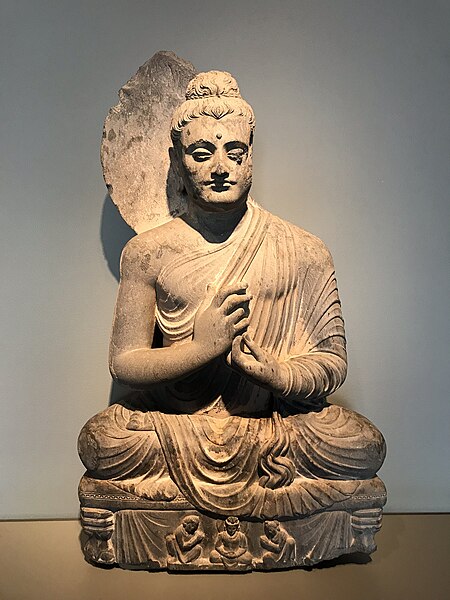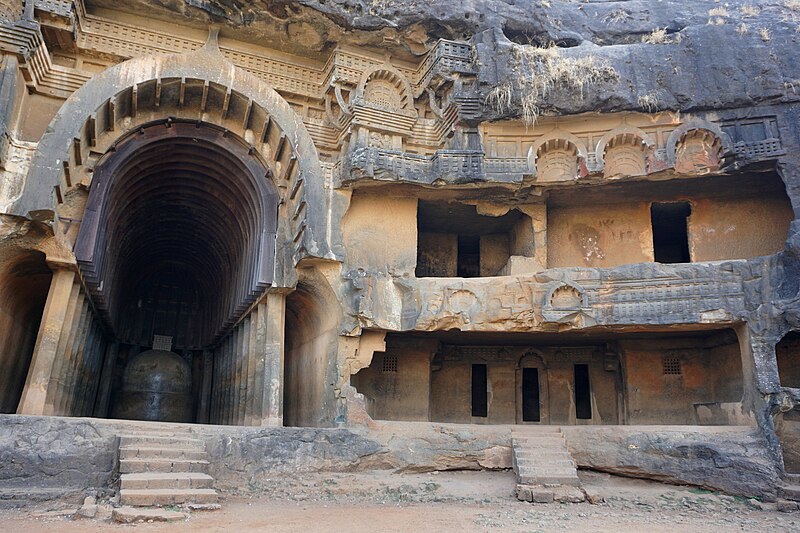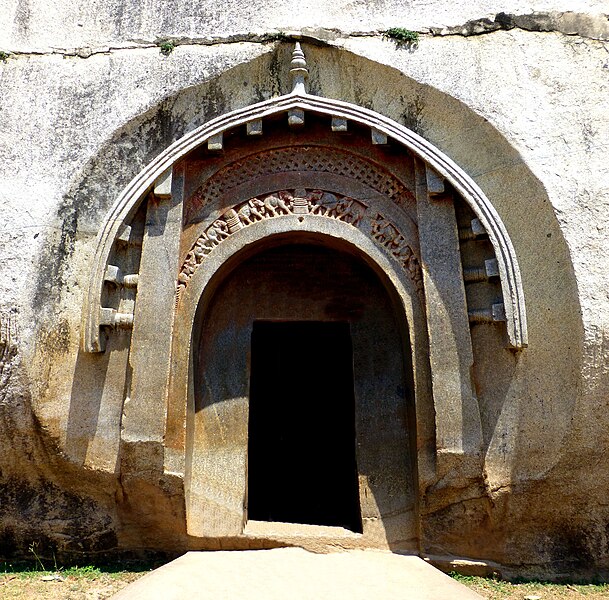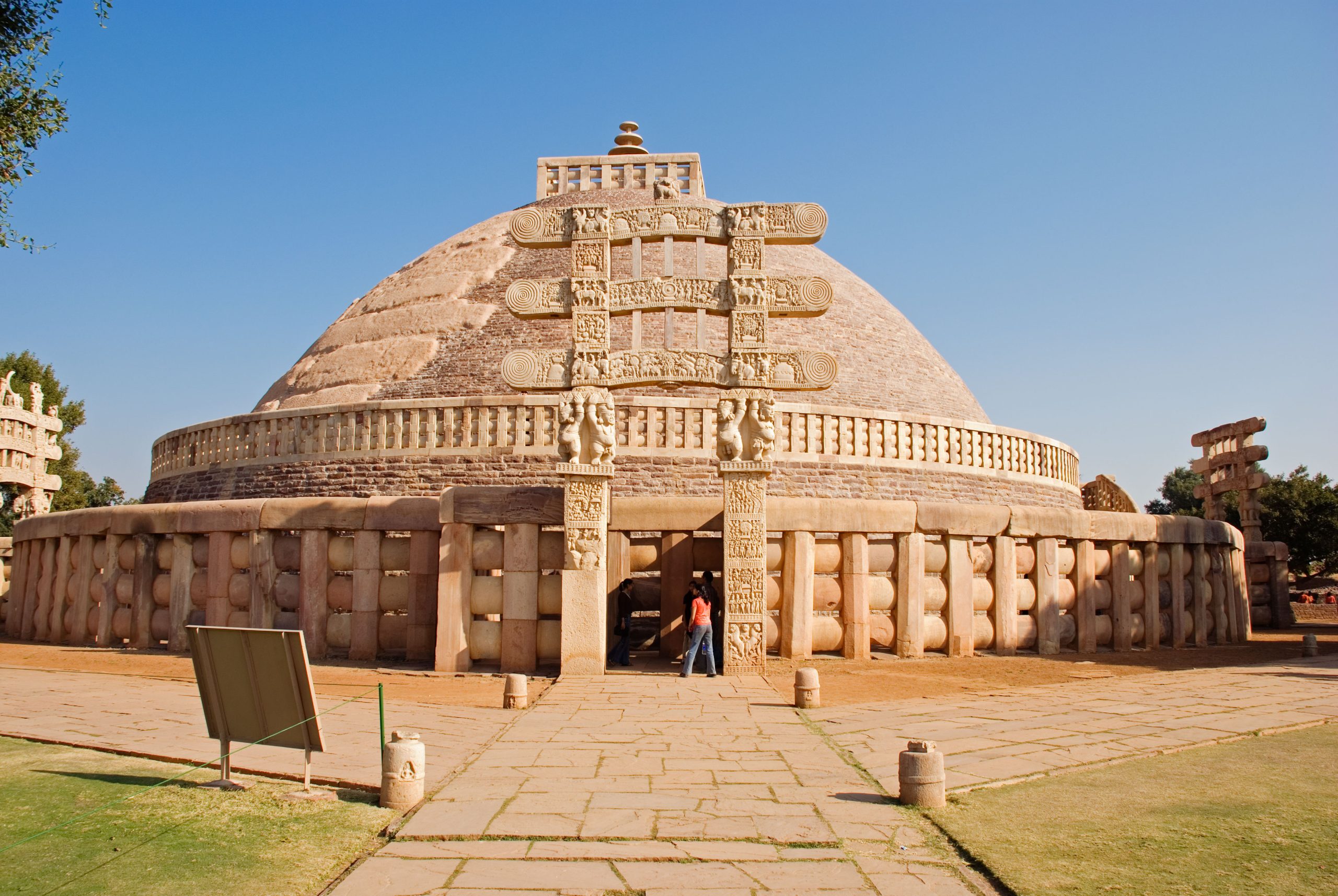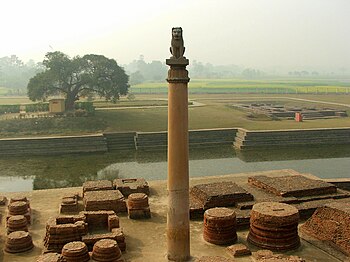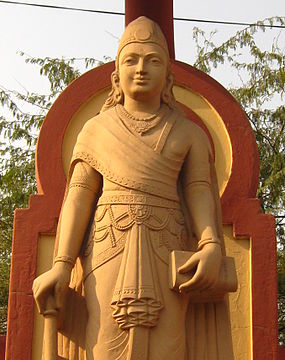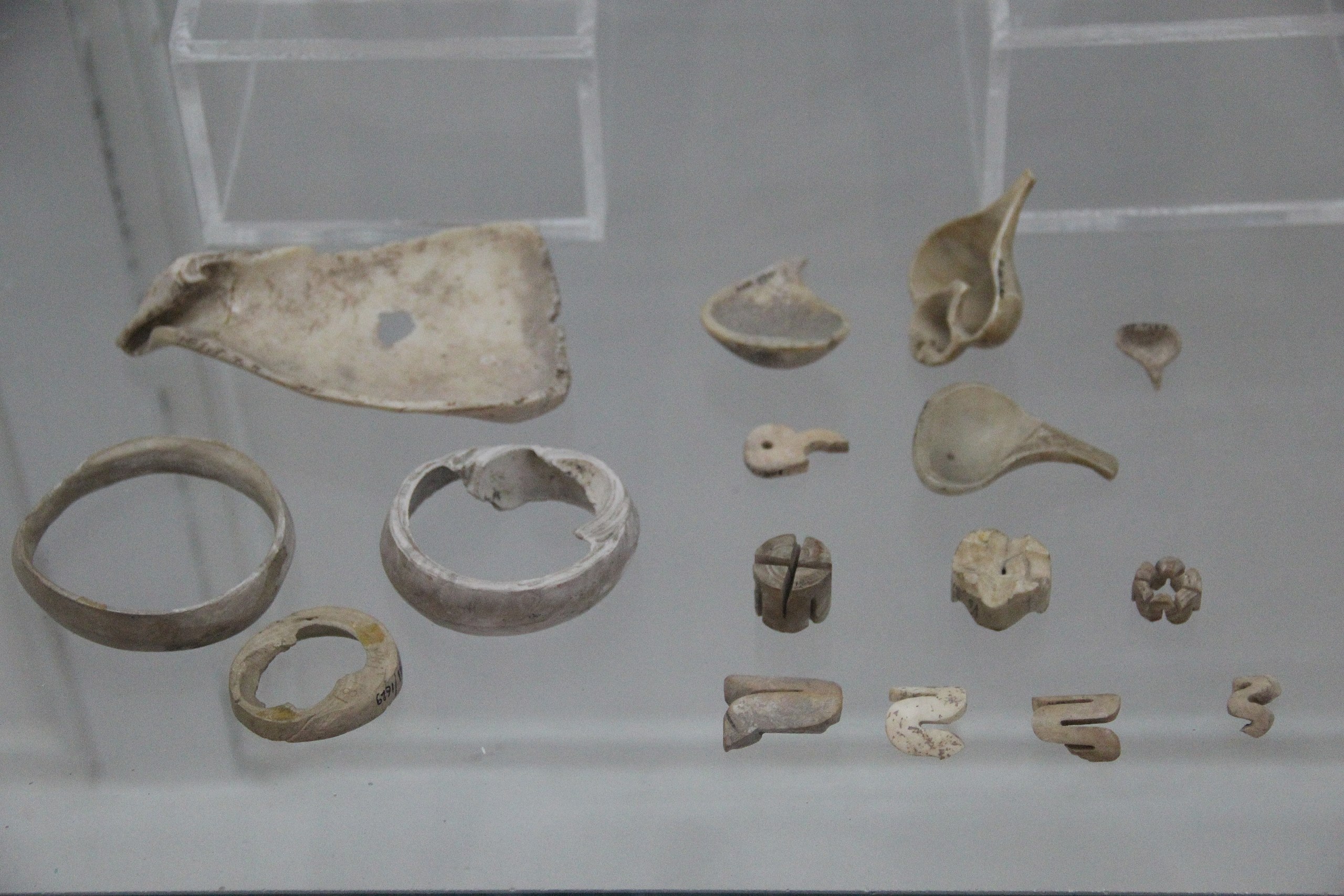Art and Culture
Various Mudras of Buddhism
Bhumisparsha Mudra This mudra is commonly associated with the blue Buddha known as Akshobya. ‘Calling the Earth to Witness the Truth’ and it represents the moment of Buddha attaining enlightenment. Dhyana Mudra Indicates Meditation and is also called ‘Samadhi’ or … Continue reading
Post Mauryan Art: Stupas and Sculpture
Stupas Stupas became larger and more decorative in the post-Mauryan period. Stone was increasingly used in place of wood and brick. The Shunga dynasty introduced the idea of torans as beautifully decorated gateways to the stupas. For example – Bharhut … Continue reading
Post Mauryan Art: Cave Architecture
Rock-Cut Caves Construction of rock-cut caves is the extension of the Mauryan period but this period saw the development of two types of rock caves – Chaityas and Viharas. Chaityas – They were mainly quadrangular chambers with flat roofs and … Continue reading
Mauryan Art and Architecture: Cave Architecture and Pottery
Cave Architecture Barabar Hill Caves Location: Situated in Jehanabad district, Bihar Historical Significance Oldest surviving rock-cut caves in India (Mauryan Period – 3rd century BCE) Associated with the Ajivika sect, an ascetic movement contemporary to Buddhism and Jainism Patronized by … Continue reading
Mauryan Art and Architecture: Stupa and Sculptures
Stupas Stupas were burial mounds prevalent in India from the Vedic period. During the period of Ashoka, the art of stupas reached its climax. Stupas were popularised by the Buddhists. Materials used for the construction of stupa – The core … Continue reading
Mauryan Art and Architecture: Pillars
Basics Pillar inscriptions became significant during the Ashoka period. Uses of pillars. As a symbol of the State or to commemorate battle victories. Also used to propagate imperial sermons as well. The material used to build the pillars was chunar … Continue reading
Mauryan Art and Architecture: Palaces
The Mauryan Empire was the first powerful empire to come to power in India. Even though its capital was at Pataliputra, the palace was located at Kumrahar. The palace of Chandragupta Maurya was inspired by the Achaemenid palaces at Persepolis … Continue reading
Mauryan Art and Architecture: Court Art
Palaces The Mauryan Empire was the first powerful empire to come to power in India. Even though its capital was at Pataliputra, the palace was located at Kumrahar. The palace of Chandragupta Maurya was inspired by the Achaemenid palaces at … Continue reading
Indus Valley Civilization(IVC): Ornaments
The Harappans used a large variety of materials, from precious metals and gemstones to bones and even baked clay, to make ornaments. Both men and women wore ornaments like necklaces, fillets, armlets and finger rings. Girdles, earrings and anklets were … Continue reading
Indus Valley Civilization(IVC): Seals and Pottery
Seals Though most seals were square shaped, it was found that triangular, rectangular and circular seals were also used. Steatite was the most common material used to make seals. Most of the seals have inscriptions in a pictographic script which … Continue reading

